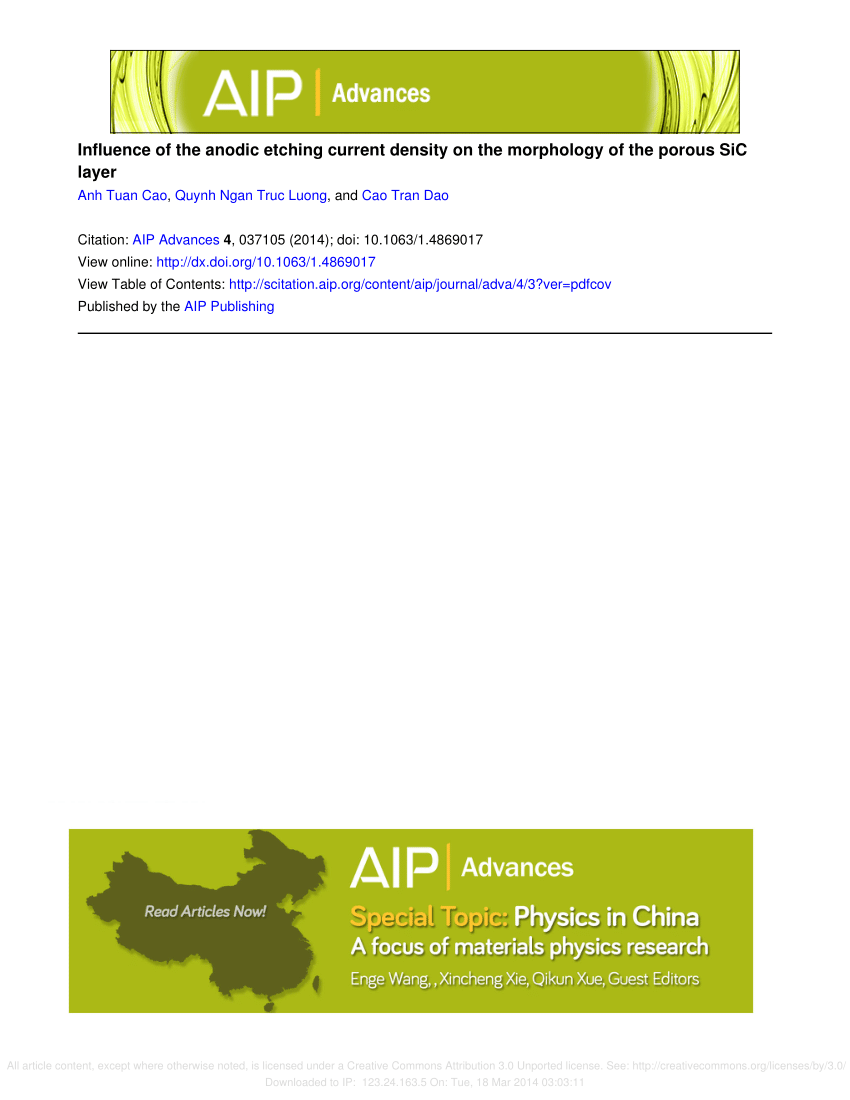Lunar heat flow from the observation of Chinese Chang’E 2 and LRO diviner radiometers
IF 1.4
4区 物理与天体物理
Q4 MATERIALS SCIENCE, MULTIDISCIPLINARY
引用次数: 0
Abstract
Lunar heat flow within 75°N to 65°S and 60°W to 100°E regions is retrieved from microwave brightness temperature observed by Chang’E-2 (CE-2) Lunar Microwave Radiometers and infrared brightness temperature observed by Lunar Reconnaissance Orbiter (LRO) Diviner Radiometers. The product of the regolith’s thermal conductivity and vertical temperature gradient yields the lunar heat flow. The vertical temperature gradient is calculated by a new temperature profile, the unknown parameters of which are determined from CE-2 microwave brightness temperature using a multi-layered lunar surface microwave brightness temperature model. The boundary condition of the temperature profile is determined by the LRO infrared brightness temperature. The measured heat flow at the Apollo 15 landing site is chosen as a calibration reference point in the retrieval process. The retrieved lunar heat flow within 75°N to 65°S and 60°W to 100°E regions ranged from 0.8 to 69.2 mW/m2. According to the retrieved results, lunar heat flow in the highlands is higher than the maria. The highest heat flux within 75°N to 65°S and 60°W to 100°E regions on the Moon are located toward the eastern highlands with an averaged heat flow value of 35.8 mW/m2, and the lowest heat flux is basically located in the typical maria such as Oceans Procellarum, Mare Imbrium, and Mare Serenitatis with an averaged heat flow value of 18.5 mW/m2.从中国嫦娥二号和 LRO 分光辐射计观测到的月球热流
根据嫦娥二号(CE-2)月球微波辐射计观测到的微波亮度温度和月球勘测轨道器(LRO)占卜者辐射计观测到的红外亮度温度,对北纬75°至南纬65°和西经60°至东经100°区域内的月球热流进行了检索。热导率与垂直温度梯度的乘积即为月球热流。垂直温度梯度由一个新的温度曲线计算得出,其未知参数是利用多层月球表面微波亮度温度模型从 CE-2 微波亮度温度中确定的。温度曲线的边界条件由 LRO 红外亮度温度确定。在检索过程中,选择阿波罗 15 号着陆点测得的热流作为校准参考点。在北纬 75° 至南纬 65° 和西经 60° 至东经 100° 区域内,检索到的月球热流介于 0.8 至 69.2 mW/m2 之间。根据检索结果,高原地区的月球热流高于海洋地区。月球上北纬75°至南纬65°和西经60°至东经100°区域内的最高热流位于东部高地,平均热流值为35.8 mW/m2,最低热流基本位于典型的海洋,如前星洋(Oceans Procellarum)、英布利姆海(Mare Imbrium)和半月海(Mare Serenitatis),平均热流值为18.5 mW/m2。
本文章由计算机程序翻译,如有差异,请以英文原文为准。
求助全文
约1分钟内获得全文
求助全文
来源期刊

AIP Advances
NANOSCIENCE & NANOTECHNOLOGY-MATERIALS SCIENCE, MULTIDISCIPLINARY
CiteScore
2.80
自引率
6.20%
发文量
1233
审稿时长
2-4 weeks
期刊介绍:
AIP Advances is an open access journal publishing in all areas of physical sciences—applied, theoretical, and experimental. All published articles are freely available to read, download, and share. The journal prides itself on the belief that all good science is important and relevant. Our inclusive scope and publication standards make it an essential outlet for scientists in the physical sciences.
AIP Advances is a community-based journal, with a fast production cycle. The quick publication process and open-access model allows us to quickly distribute new scientific concepts. Our Editors, assisted by peer review, determine whether a manuscript is technically correct and original. After publication, the readership evaluates whether a manuscript is timely, relevant, or significant.
 求助内容:
求助内容: 应助结果提醒方式:
应助结果提醒方式:


